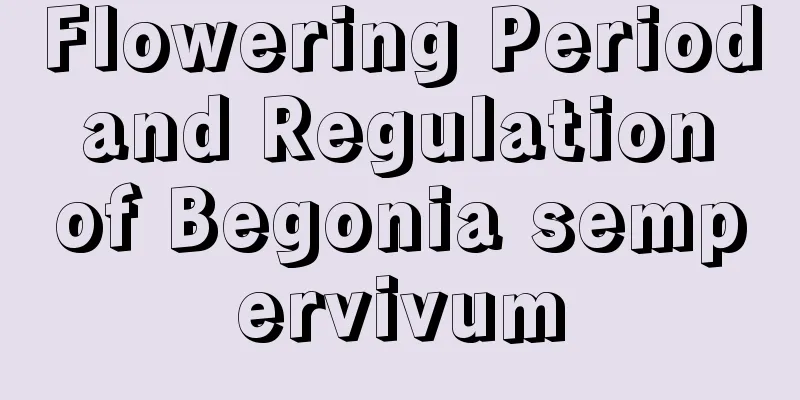When is the best time to plant northern green radish?

Planting time of northern green radish It is generally more suitable to plant green radishes in the north in mid-July, and they can be gradually harvested in October. If they are sown too early or too late, the climatic conditions will be unfavorable for the growth and development of radishes, resulting in problems such as hollow cores and cracked roots, and the nutritional value will be greatly reduced. In addition, the temperature warms up in spring, the temperature difference between day and night is large, and the radishes are sweeter, so April and May are also very suitable for planting green radishes. How to grow northern green radish1. Plot selection Green radish is a deep-rooted plant, so the soil for planting needs to be loose and fertile. Therefore, when choosing a plot for growing green radish, you should choose a plot with flat terrain, good water retention and drainage, loose soil, and a deep soil layer. 2. Land preparation and sowing Before sowing, the land should be deeply plowed, and sufficient base fertilizer should be applied. Mix the base fertilizer with the soil, dig trenches after determining the spacing, and sow after drying and sterilization. The most common sowing methods for green radish are broadcasting and row sowing. When sowing, try to choose a cloudy day to avoid direct sunlight. 3. Field management When the green radish seedlings grow, thinning can be carried out to pull out diseased and weak seedlings to avoid affecting the normal plant absorption of water and nutrients. Thinning is usually carried out twice during the growth period of green radish, and finally it is best to space the healthy radish seedlings 30 cm apart. Water frequently to keep the soil moist. After entering the rhizome growth period, control water appropriately to promote the expansion of the radish's fleshy roots. Apply fertilizer regularly as the radish grows to ensure the nutrients needed for the development of the fleshy roots. Key points for growing green radish in the north1. In the cultivation of radish in autumn, common diseases include downy mildew, viral disease, soft rot, black rot, etc.; common insect pests include aphids, cabbage worms, diamondback moths, etc. Pay attention to prevent diseases and pests to prevent hindering plant growth and reducing yields. 2. Start weeding when the radish is in the seedling stage, and then weed every half a month or so to prevent weeds from competing for nutrients. When the rhizomes of the radish begin to enter the swelling period, we must pay attention to the balance of water and fertilizer to prevent the radish from growing too large and cracking. |
<<: When is the best time to plant radish?
>>: When is the best time to prune cherry trees?
Recommend
What are the benefits of soda water for watering flowers? Which flowers are suitable for watering
Benefits of Soda Water for Watering Flowers Soda ...
How to grow gladiolus in water
Selection If you want gladiolus to grow well in w...
What to do if the leaves of Kalanchoe become soft and thin
1. Reasons 1. If we water too much during daily p...
What kind of turtle is good to keep at home? How to raise it?
Turtles are not only a symbol of longevity, but a...
How to fertilize osmanthus and what fertilizer is best
1. Fertilization time First of all, when osmanthu...
Can Chlorophytum comosum be grown in water?
The thousand-leaf spider plant has a compact and ...
Diseases and insect pests of Duzhanchun and their control methods
Diseases of Duzhanchun and their control Scleroti...
The efficacy and function of okra
The efficacy and function of okra It is said that...
When does peach blossom bloom?
1. Flowering Season Peach blossoms usually bloom ...
Differences between Imperata and Reed
1. Difference of blades The leaf sheath of Impera...
Why are the leaves of white palm becoming smaller?
1. No repotting Reason: If the anthurium is not r...
How to grow purple root orchid to make it bloom
Purple orchid blooms Purple root orchid usually b...
Can Ginkgo trees be planted in pots?
Can Ginkgo trees be planted in flower pots? Ginkg...
How to fertilize cherry blossoms
1. Base fertilizer Many people tend to overlook t...
The most practical fertilizer for orchids
1. What fertilizers can be used There are many fe...









